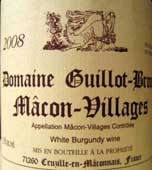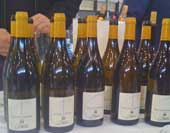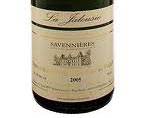The post 10 Dirty Foods to Buy Organic & the Wines to Drink With Them first appeared on Organic Wine Find.
]]>There are many benefits to buying organic, some of which are quite obvious, while others are still the subject of much debate amongst scientific researchers.
One of the more controversial topics is nutrition–a statistically significant correlation between organic produce and added nutrition has yet to be proven. However, there are plenty of other reasons to purchase organic food over conventional, including the lack of pesticides used in growing the crops (which should especially be avoided by expectant mothers and the parents of young children); the restricted use of food additives such as artificial flavors, colors, or sweeteners, as well as MSG and preservatives; and the reduced negative impact in the form of chemical exposure on the environment, farm workers, and neighbors.
Not All Things Are Equal
What some people don’t realize is that some foods are more important to buy organic than others. Different forms of produce vary greatly in terms of pesticide residue, and when purchasing foods with little pesticide contamination, such as onions, avocado, cabbage, asparagus, and eggplant, you can buy conventional and save your money for your wine budget! However, certain forms of produce that tend to show very high pesticide contamination levels should always be bought organic when possible.
Here are some of the worst offenders, along with recipes and suggested wine pairings–organic ones, of course!
1. Apples
Yes, the humble apple is one of the worst offenders. If you buy conventional apples, the plethora of pesticides may fail to keep the doctor away for long. Because of their predisposition to fungus and insect threats, apples may be treated with up to forty different pesticides. The residue even makes its way into apple products, such as apple sauce and apple juice, so it’s best to always buy organic when apples are involved.
Suggested pairing: Pink Lady Apple and Salmon Ceviche with a fresh, crisp Pinot Gris with enough acidity to cut through the fatty salmon, like the 2011 King Estate Signature Pinot Gris from Oregon. Many of the flavors in this wine, such as green apple, citrus, and a hint of spice, will create a harmonious marriage with the fresh, piquant ceviche.
2. Celery
From year to year, celery always tops the list. Up to 60 different pesticides have been found on this satisfyingly crunchy, low-calorie vegetable. But alas, there is hope in the organic aisle.
Suggested pairing: Cream of Celery Soup with Bacon served with a bone-dry Austrian Riesling, like any fresh, recent vintage from respected producer Summerer. The bright white fruit flavors will complement the cool, refreshing flavor of celery, and the wine will have enough backbone and racy, mineral acidity to stand up to the creamy soup without falling flat. It even has a touch of smoky pepper on the nose to echo the hint of bacon in the dish.
3. Strawberries
One of nature’s most delicious creations, the strawberry, is sadly quite prone to fungus–it seems not even the lowest organisms on the food chain can resist its sweet-tart, juicy siren song!
Suggested Pairing: For a refreshing twist on the classic strawberries-and-Champagne pairing, why not try Strawberry Brunch Tart with Thyme and Black Pepper with a tasty Cremant d’Alsace Rosé like the NV Domaine Allimant-Laugner, made entirely from Pinot Noir? Sparkling wine from Alsace has the benefit of being made in the style of Champagne, as many winemakers settled there after leaving Champagne in the early 1900s, while being much, much more affordable! The Allimant-Laugner rendition has bright yet creamy strawberry flavors, and its refreshing, easy-drinking attributes make it the perfect brunch beverage!
4. Peaches
The delicious, juicy peach suffers the malady of being a tree fruit, one of the categories of fruit most susceptible to being affected by fungi, therefore making it a prime candidate for pesticide spraying.
Suggested pairing: Peach, Jamon Iberico & Buffalo Mozzarella Salad with a round, fleshy Spanish Albariño like the 2011 Corsica, the only organic Albariño made in the Rias Biaxas region. Bright stone fruit flavors, good acidity, and briny minerality make it the perfect match for a summer salad of ripe organic peaches, salty Spanish ham, and creamy, fresh mozzarella.
5. Spinach
When the word ‘spinach’ comes to mind, we envision the gold standard of healthy vegetables. But this is not the case with conventional spinach, often tainted with nearly 50 types of pesticides. Knowing this, one must draw the conclusion that Popeye built up all of those muscles eating spinach from the organic aisle–a man ahead of his time!
Suggested pairing: Indian food is often relegated to the category of white-white cuisine, or even beer territory. But a simple Saag Paneer dish can pair beautifully with a Cabernet Franc rosé from the Loire Valley, like the 2011 Domaine Sauvete Pineau d’Aunis Rosé Meli-Melo. It’s light, fresh, and dry, plenty of herbal notes and a peppery finish that will make for an ideal pairing.
6. Sweet Bell Peppers
When it comes to savory yet sweet bell peppers, none of the colors of the rainbow are safe from pesticides. Buying these organic is always your best bet.
Suggested Pairing: Grilled Salmon with Sweet Onions and Red Bell Peppers with a Pinot noir with smoky-sweet red fruit. Pinot Noir is a natural partner for salmon, and this recipe calls for an light-bodied, earthy style from a cool climate like Mendocino, California, The Finger Lakes in Upstate New York (try the 2011 Anthony Road Pinot Noir), Australia’s Mornington Peninsula, or Sancerre of France’s Loire Valley. Bonus points for finding a wine from Northern California from the 2008 vintage–a year that was riddled with forest fires, causing many of the wines made from grapes harvested that year to have a smoke-tainted flavor considered a flaw in large amounts but a pleasant addition when just slightly noticeable. And luckily, you don’t need to worry about buying organic for the onions in this recipe!
7. Potatoes
Suggested Pairing: Golden Mashed Potatoes with Truffle Butter served alongside a nice, juicy cut of steak, paired with an aged Bordeaux or a Northern Rhône Syrah like a Crozes-Hermitage, Cornas, or Côte-Rôtie. Any of these wines will have deep, rich, earthy flavors or dark berries, with notes of tobacco, leather, and possibly even truffle. You won’t be disappointed with a Cornas from almost any vintage from the iconic producer Auguste Clape. Look for 2011, 2010, or 2009 vintages in particular, or if your budget allows, 1989, 1990, or 1991! The older the wine, the more pronounced the secondary aromas (read: non-fruit) will be.
8. Blueberries
Just like its cousin the strawberry, the blueberry is also highly prone to pesticide contamination. In fact, most berries often are. However, blueberries are considered a “superfood,” bursting with helpful antioxidants and vitamins. If you can find organic blueberries, including them in your diet is a smart idea.
Suggested Pairing: While the classic pairing for duck is Pinot Noir, an uncommon dish like Roast Duck with Blueberry Sauce can add opportunities for exciting and unusual pairings. An ideal choice is an Austrian Blaufränkisch, typically medium-bodied, ripe and juicy with loads of berry fruit and a hint of spice. A good organic option is the 2011 Moric Blaufränkisch Burgenland, with just the right balance of power and finesse.
9. Lettuce
Much to the dismay of salad-lovers everywhere, lettuce is another leafy green that is frequently tainted by the presence of pesticides. Once again, stick with organic and you’ll be in good shape.
Suggested Pairing: Stir-Fried Five-Spice Pork with Lettuce Cups practically begs to be paired with a light-bodied, spicy Willamette Valley Pinot Noir with plenty of acidity. Look no further than the spectacular 2011 vintage of Haden Fig “No. 52,” produced not only organically but also biodynamically and sustainably. This Pinot is so light in color that you might mistake it for a rosé, but don’t be surprised upon sipping to discover its remarkable complexity.
10. Kale
Who knew that one of the healthiest “superfoods” of them all could be subject to such high levels of pesticides? Although this hearty vegetable is generally safer than its more delicate cousin lettuce, your best bet is to eschew conventional versions just to be safe.
Suggested Pairing: Kale seems to lends itself best to simplicity. A Lemon-Garlic Kale Sauté is the perfect choice, and it’s hard to think of a better pairing than the ultimate food wine, Grüner Veltliner–Austria’s most important white wine. With racy acidity and vegetal and citrus flavors and aromas, Grüner is a match made in heaven for this healthy, easy-to-prepare dish. A young vintage of the proudly organic BioKult is the obvious choice, with its light, lemony freshness. It even comes with a no-fuss screw-cap to match the simplicity of its leafy-green partner in crime.
Shop Smart, Pair Perfectly
It’s important to be vigilant about what you put into your body–in terms of both health and flavor! You’ll only eat so many meals and drink so many glasses of wine in your lifetime, so it is important to make each one count. If you make sure to consume the right organic foods, you’ll only gain more from your gustatory experience by pairing them with the perfect organic wines.
The post 10 Dirty Foods to Buy Organic & the Wines to Drink With Them first appeared on Organic Wine Find.
]]>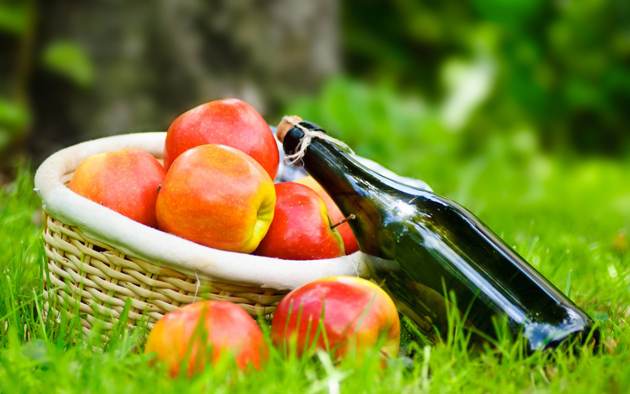







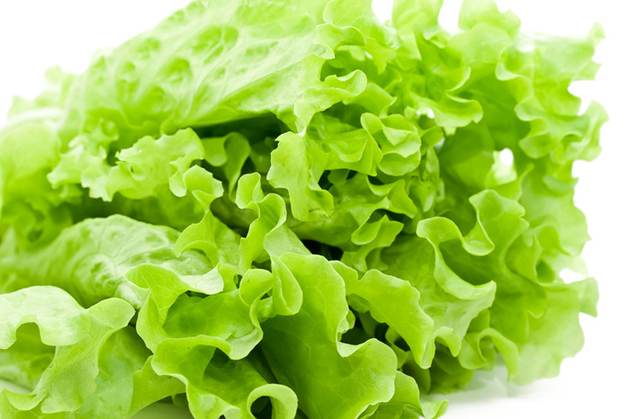

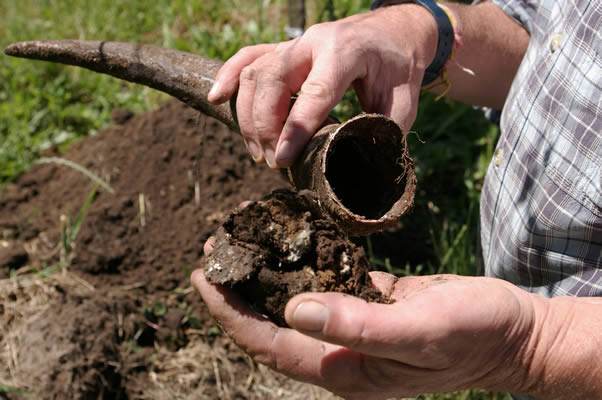
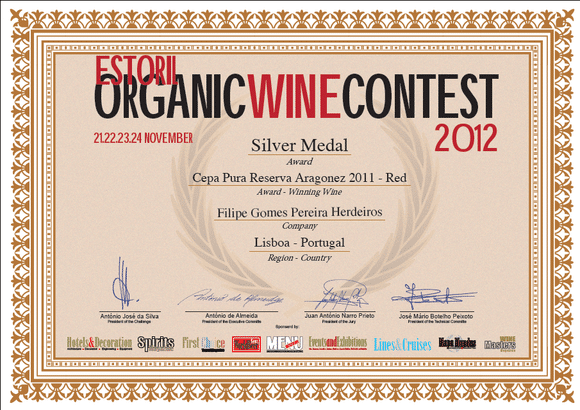
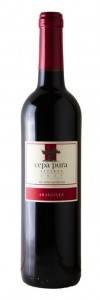
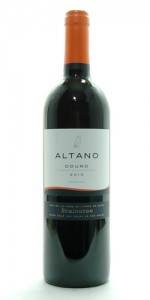
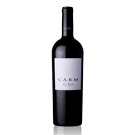

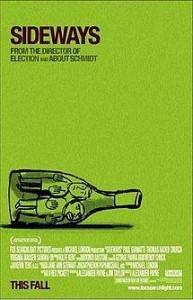
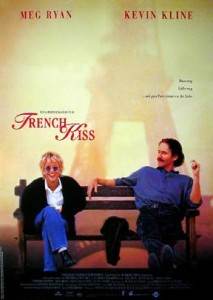
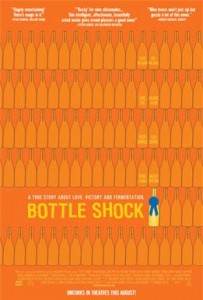

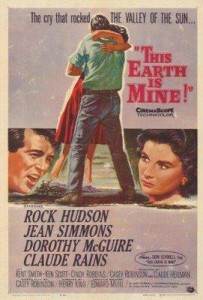

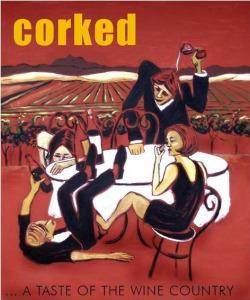
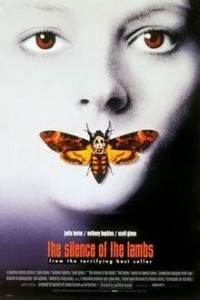

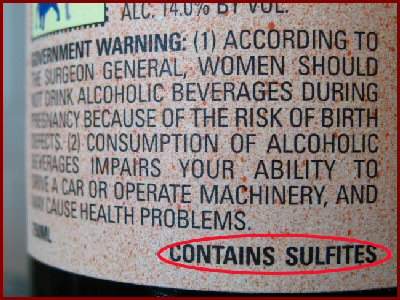
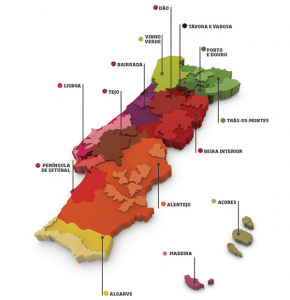
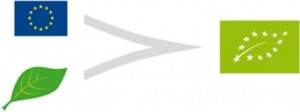

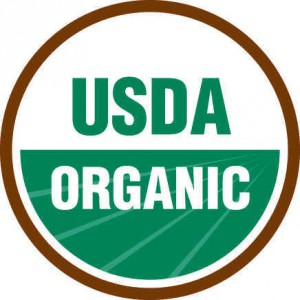

 For the wine enthusiast, passionate about organic and biodynamic wines, Millesime Bio is a Mecca. Its like having Christmas, birthday, a visit to Disneyland, and an all-access pass to (fill in your favorite blank) all at once! Five hundred top organic and biodynamic producers showing off their wines – and three days to taste, taste, taste.
For the wine enthusiast, passionate about organic and biodynamic wines, Millesime Bio is a Mecca. Its like having Christmas, birthday, a visit to Disneyland, and an all-access pass to (fill in your favorite blank) all at once! Five hundred top organic and biodynamic producers showing off their wines – and three days to taste, taste, taste.
 This year, 2011, was the 18th Millesime Bio and the biggest yet. Held in Montpellier, France and organized by the association of organic producers in Languedoc-Roussillon
This year, 2011, was the 18th Millesime Bio and the biggest yet. Held in Montpellier, France and organized by the association of organic producers in Languedoc-Roussillon  This was one of my favorites from the show, and without doubt the best sulfur free wine that I tasted in Montpellier. Jean-Pierre has really taken sulfur-free winemaking to a new level. The same quality you’d expect from a sulfited wine, but with the added benefits of even more expressive nose and vitality of flavor. The wines that stood out for me (and they were were all excellent) were the 2009 Blanc de Noir Sans Soufre and the 2008 Muscat. I could have stood sniffing that muscat for hours, it was so tantalizing!
This was one of my favorites from the show, and without doubt the best sulfur free wine that I tasted in Montpellier. Jean-Pierre has really taken sulfur-free winemaking to a new level. The same quality you’d expect from a sulfited wine, but with the added benefits of even more expressive nose and vitality of flavor. The wines that stood out for me (and they were were all excellent) were the 2009 Blanc de Noir Sans Soufre and the 2008 Muscat. I could have stood sniffing that muscat for hours, it was so tantalizing! 
